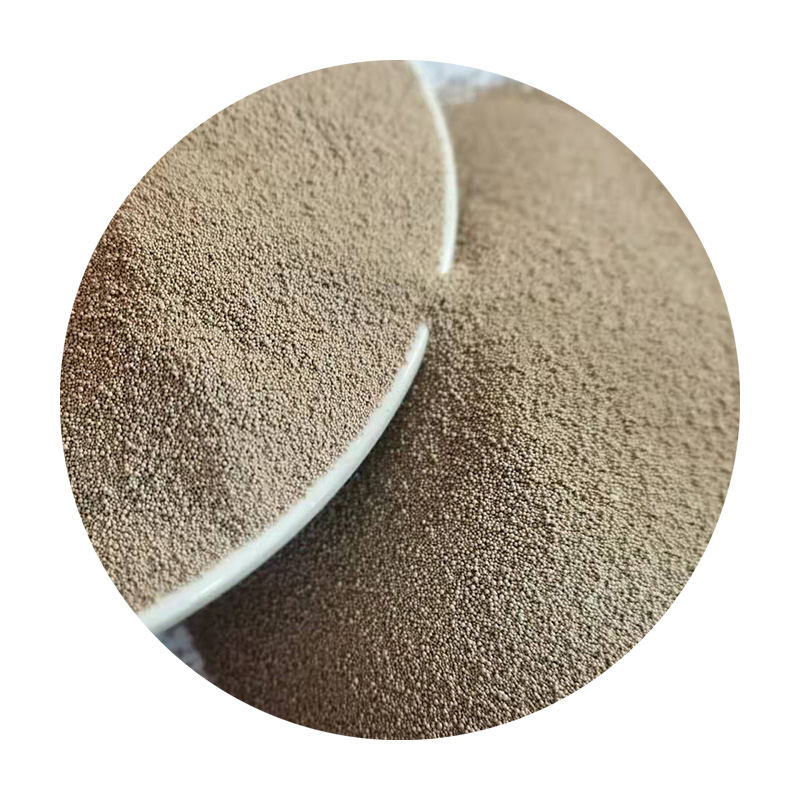Properties of Foundry Sand
Foundry sand is a crucial material used in the metal casting industry, primarily for creating molds and cores. Its unique physical and chemical properties make it suitable for producing high-quality castings with precision. Understanding the key properties of foundry sand is essential for optimizing the casting process, ensuring efficiency, and achieving desired performance characteristics in the final products.
One of the primary components of foundry sand is silica, particularly in the form of quartz, which accounts for its excellent thermal stability and refractoriness. Silica sand can withstand the high temperatures associated with molten metal without breaking down or deforming. This property is vital as it prevents defects in the castings due to sand erosion or contamination.
Another significant property of foundry sand is its grain shape and size distribution. Round or sub-angular grains facilitate better flowability and packing density, which maximizes mold strength and minimizes the amount of binder required. A well-graded mixture of different grain sizes can enhance the mold’s permeability, allowing gases to escape during the casting process and reducing the chance of blowholes or porosity in the final product.
properties of foundry sand

The bonding properties of foundry sand are also notable. Foundry sands can be treated with various binders, such as clay or synthetic resins, to enhance their cohesiveness and strength. Clay-bonded sands, for example, possess excellent mold strength and collapsibility, allowing for easy mold removal without damaging the casting. The chosen binder influences the molding sand's overall performance, along with its ability to resist moisture and temperature variations.
Moisture content is another critical property that affects the performance of foundry sand. Optimal moisture levels aid in the formation of strong molds while preventing sand from becoming too rigid or too friable. If the moisture content is too high, it can lead to defects in the casting due to steam and gas generation. Conversely, insufficient moisture can make the sand too dry, resulting in weak mold structures.
Lastly, the reclamation of foundry sand is an important consideration in sustainable practices within the foundry industry. Used foundry sand can often be reclaimed, processed, and reused in new molds, which minimizes waste and reduces the demand for virgin sand. This not only contributes to environmental sustainability but also lowers production costs for foundries.
In conclusion, the properties of foundry sand—thermal stability, grain shape and size, bonding characteristics, moisture content, and reclamation potential—are essential in determining the quality of metal castings. A thorough understanding of these properties allows foundries to optimize their processes, ensuring the production of high-quality components that meet industry standards.
Post time:8 月 . 30, 2024 00:57
Next:Premium Casting Sand Suppliers - Quality Foundry Sand for Your Needs
